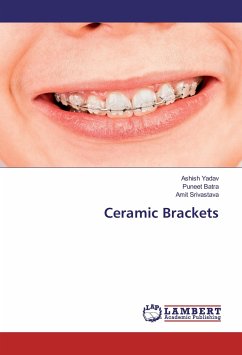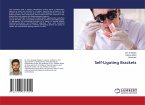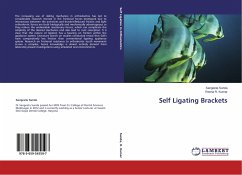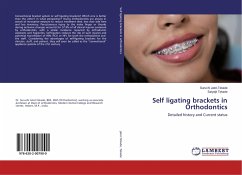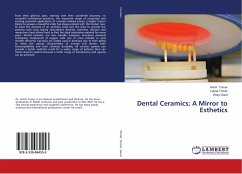Self ligating brackets are not new conceptually, having been pioneered in the 1930s¹.The conventional technique today uses metal or elastomeric ligatures to attach an archwire to a bracket. Ligating the archwire to the bracket slot in this way can be quite time consuming, particularly when metal ligatures are used, and this is why self ligating brackets were first developed. Stolzenberg invented the Russell attachment in 1935 and is one of the pioneers of self ligating brackets². The self ligating bracket was introduced to create a "friction-free" environment with the belief that it will allow for better sliding mechanics; as the teeth move more rapidly, treatment time is decreased. Additionally, the self ligating bracket is suggested to reduce chair side time, promote better oral hygiene and allow for better infection control. The basic premise of the self ligating bracket is that the closing or opening mechanism of the bracket turns the bracket slot into the tube that passivelyor actively contains the wire. In the absence of wire or elastomeric ties presumably frictional resistance is dramatically reduced and tooth movement occurs at a greater velocity


